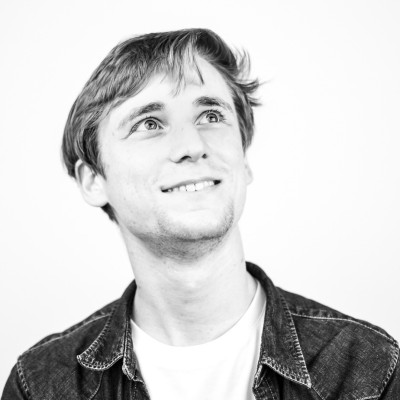Wat is Design for Industry?
Nieuw ETS
Het Engelstalige semester wordt aangeboden door de opleiding Bachelor Industrieel Productontwerpen (IPO).
Het programma wordt enkel in het Engels aangeboden!

Course overview
Find the course unit descriptions for this programme (course catalogue) here.
Industrial Design (9ECTS)
The focus of this course is on the industrial design of consumer products, taking into account product features and details, user-centered design methods, material selection, UX, production and market opportunities. The outcome should be an underpinned design process, leading towards a proof-of-concept and a proof-of-product for a Belgian client or brand. Students make use of their CAD-software (Siemens NX) for modeling, for designing and testing details and for taking some directions with regard to production.
Product Engineering (6ECTS)
Design rules and guidelines, research and verification methods are put to practice in an iterative design process of an industrial machine, or technical consumer product. Based on the product’s functionality, your team is challenged to define the components, materials and production techniques.
The design is finalized down to the last detail, using digital techniques, simulations, calculations and rapid prototyping techniques.
CAD/CAP* (6ECTS)
*Students who aren’t yet familiar with intermediate solid modeling are directed to the course 3DCAD II. Familiarity with Autodesk Fusion360 is advised
In CAD/CAP (Computer-Aided Design/Computer-Aided Production) you’ll be establishing the link between CAD and a production environment. We’ll learn to adjust our 3D models for advanced production techniques such as 3D printing and laser cutting, but also 5-axis milling and waterjet cutting. Using generative design, topology optimization and other digital tools we’ll learn how to optimize our designs for lower weight, better strength, etc.
Creating Intelligence (6ECTS)
Smart products must add value for the user. They enable new concepts of use. They require insights into interaction at different levels and user experience.
For that, designers need rapid, ‘digital’ prototyping techniques. We’ll connect sensors and actuators using Python or ESP32, and test smart concept with our target group.
Portfolio III (3ECTS)
This smaller course is a mix of different portfolio elements, such as: professional communication methods for designers; orientation on the job market and applying for a design job, design portfolio, professional development, introspection (reflective activities) and extrospection (fairs and company visits in Belgium); ethical code of conduct, integrity and responsibilities for a designer; sustainability
Elective course: English for Exchange Students (3ECTS)
This English course provides exchange students with training in speaking, listening, reading and writing skills, all focused on their ongoing or upcoming academic experience. The lecturer will take the diversity of academic areas of the participants into account, by addressing a range of topics and choosing subjects that are relevant to the attending students wherever possible.
The course aims at the B2 proficiency level. We strongly recommended it to all exchange students who have not fully achieved the B2-level in English at the moment of application for their mobility project. For the more proficient students, we see the course as an interesting immersion experience.
This course is optional. Classes take place in the evening.
